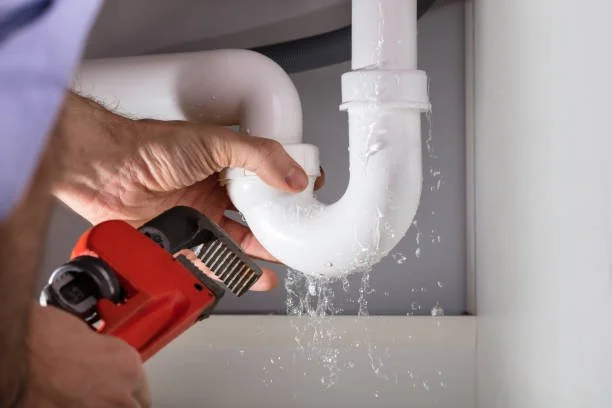Benefits and Uses of Greyboard Sheets
RH Business Marketing Solutions
In a period emphasizing sustainable development and resource effectiveness, it could not be more relevant to look for reusable, nature-friendly materials that cover all uses. Unsung heroes are greyboard sheets, also known as chipboards, that provide versatility and practicality to various applications, appealing to one's creativity and need for practicality.
This article will explore the compelling world of greyboard sheets and highlight their varied benefits and real-life applications that contribute to their widespread demand in different sectors. There is something for everyone in greyboard sheets, irrespective of whether you are an artist, a manufacturer, a student, or looking for eco-friendly packaging options.
Benefits of Greyboard Sheets
Before exploring the many uses for greyboard sheets, it's crucial to comprehend the advantages that make them a preferred option across a range of industries:
· Eco-friendly: Due to its utilization of recyclable materials, greyboard sheets are one of the inexperienced options. This saves more timber pulp since it uses renewable raw materials.
· Versatility: Greyboard sheets can be cut, folded, and sewed for a mess of purposes, making them especially versatile. They offer a robust foundation for numerous packages and studies initiatives.
· Cost-effective: Greyboard is much less luxurious than many different materials. They are an exquisite choice for people and groups because they provide extremely good prices for money because of their durability.
· Recyclable: Greyboard can be reused similarly to being made from recycled materials. This lessens waste and produces sustainable finishes for infrastructure.
Uses of Greyboard Sheets
After learning about the advantages of greyboard sheets, let's look at some of the industries in which they are used:
· Scrapbooking and Craft Projects: Greyboard sheets are commonly used by crafters for many creative projects, including scrapbooking, creating iinovating art and craft projects, etc. They are great for the support and organization of art projects such as photo albums, dioramas, and decorative items.
· Dividers and Organizers: Greyboard sheets are utilized to make separators and organizers within boxes, drawers, or storage containers. They facilitate effective item organization and compartmentalization.
· Packaging: Greyboard sheets serve as the framework for systems that use boxes, cartons, and packaging. The durability and strength of soft fabrics throughout shipping make them the best choice. To improve the look of the packaging, they might be covered with paper, fabric, or other materials.
· Bookbinding: Greyboard pages are utilized in bookbinding to create strong volumes and notebooks. The greyboard's stiffness ensures that the book will preserve its form and undergo all through time.
· Backing for Framed Art: An extremely good backing material for framed paintings, pix, and posters is a sheet of greyboard. They offer the desired tension and shield the artwork from harm.
· Educational Materials: Greyboard sheets are utilized in academic contexts to make flashcards, charts, and teaching equipment. These products will bear longer and continue to be intact regardless of their use.
· Display and Signage: Greyboard sheets are put to use for the creation of factor-of-sale displays, signage, and advertising and marketing materials. They are an acceptable alternative for advertising and marketing and advertising campaigns, considering they can be simple to print on and can be cut into quite a few shapes and sizes.
· Model Making: Greyboard sheets are frequently used as the foundation for scale models, product prototypes, and architectural models. The sheets are simple to cut and can be precisely molded to make complicated creations.
· Agricultural Uses: Greyboard sheets can be used in agriculture for a variety of tasks, such as creating seedling trays, shielding crops from inclement weather, and serving as signage or markings on farms.
· Backing for Carpets and Flooring: Greyboard sheets are excellent for backing material for carpets and laminate flooring in the flooring business. They give the floor covering support and structure.
· Stationery Products: Greyboard sheets are used to make durable stationery items, including clipboard backs, binders, and folders. These things will last longer and be able to handle regular use thanks to their improved durability.
Bottomline
Greyboard sheets shine as beacons of possibilities in the world of materials that combine eco-friendliness, toughness, and adaptability. They are an option that appeals to both environmental concern and economic sensitivity due to their sustainable origins and cost-effectiveness.
The sheets have established their value in various industries, including packaging, crafts, education, manufacturing, industries, and more. Greyboard sheets offer the solution to many of our demands as we move through a time when the need for sustainability and resource efficiency is crucial. They offer solidity to artistic expressions, protection for fragile things during shipping, and a solid foundation for teaching materials.
Greyboard sheets continually rise to the challenge, whether used as the foundation of an artwork, the support for a book cover, or the backdrop for a marketing display. They are essential for branding and design because of their customizability.














